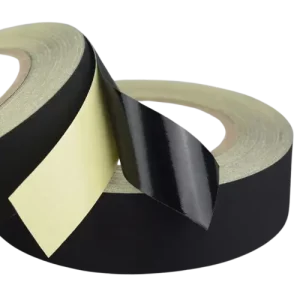
本身
# Packing Tape: Essential Uses and Tips for Effective Sealing
## The Importance of Packing Tape in Everyday Life
Packing tape is one of those unsung heroes of modern life that we often take for granted. From moving houses to shipping packages, this simple adhesive plays a crucial role in keeping our belongings secure during transportation. Its versatility extends beyond just sealing boxes – packing tape serves numerous purposes in both personal and professional settings.
Keyword: packing tape
## Common Uses of Packing Tape
1. Moving and Relocation
When preparing for a move, packing tape becomes your best friend. It securely seals cardboard boxes containing your precious possessions, preventing them from opening during transit. High-quality packing tape can withstand the rigors of moving trucks and multiple handling.
2. Shipping and E-commerce
For businesses shipping products to customers, packing tape ensures packages arrive intact. It’s particularly important for e-commerce businesses where product presentation upon arrival impacts customer satisfaction.
3. Temporary Repairs
Packing tape can serve as a quick fix for various household items – from repairing torn book covers to temporarily sealing a broken window until proper repairs can be made.
Choosing the Right Packing Tape
1. Material Considerations
Most packing tapes are made from either polypropylene or PVC. Polypropylene tapes are more economical and suitable for light to medium-duty applications, while PVC tapes offer superior strength for heavy-duty use.
2. Adhesive Type
Acrylic adhesive tapes provide good performance in various temperatures but have lower initial tack. Hot melt adhesive tapes offer stronger initial bond but may degrade in extreme heat.
3. Tape Width
Standard widths range from 1.88 inches to 3 inches. Wider tapes provide more surface area for adhesion, making them better for larger boxes or heavier items.
Tips for Effective Tape Application
1. Proper Surface Preparation
Ensure the box surface is clean and dry before applying tape. Dust or moisture can significantly reduce adhesive effectiveness.
2. The H-Taping Method
For maximum security, use the H-taping method: apply one strip along the center seam, then add perpendicular strips at each end to form an “H” shape.
3. Temperature Considerations
Adhesives perform best at room temperature. In cold environments, warm the tape slightly before application for better bonding.
4. Storage Conditions
Store packing tape in a cool, dry place away from direct sunlight to prevent the adhesive from drying out or the tape from becoming brittle.
Specialty Packing Tapes
Beyond standard clear or brown packing tapes, several specialty options exist:
- Reinforced packing tape: Contains fiberglass strands for extra strength
- Water-activated tape: Forms a permanent bond with cardboard
- Printed tape: Customized with company logos or warnings
- Double-sided tape: For specific packaging needs
Environmental Considerations
With growing environmental awareness, many manufacturers now offer eco-friendly packing tape options:
- Biodegradable or compostable tapes made from plant-based materials
- Tapes with recycled content
- Water-based adhesives that are less harmful to the environment
When selecting packing tape, consider both your immediate needs and